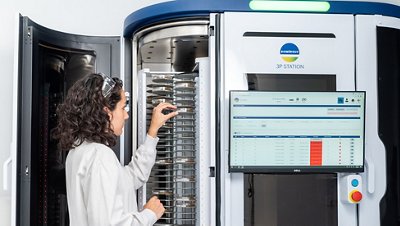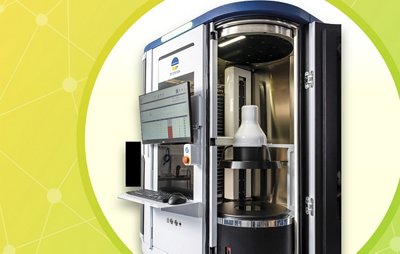Environmental Monitoring: Expert Discussion on the Benefits of a Single Incubation Temperature

The Environmental Monitoring program (EM) is an important quality control for the pharmaceutical manufacturing operations. The most common usage is doing sequential incubation time and temperature to maximize the range of recovery of the flora. The current practice is to start with the lower temperature (22,5°) to enhance the growth of environmental strains such as molds and to switch to the higher temperature (32,5°C) to recover human skin microorganisms.
A collaborative study evaluated the impact on the recovery, the morphology, and the behavior of representative microorganisms of the incubation temperature and how dual temperature can be replaced by single temperature incubation.
Watch this expert webinar with Thierry Bonnevay, Global Microbiology Analytical Expert (Sanofi Pasteur) and Laurent Leblanc, R&D Manager (bioMérieux) and discover all the answers to questions you may have on this topic:
- What are the main challenges for EM practicing these two temperatures?
- What are the main outcomes of this study?
- What is the recommendation for pharmaceutical industries that want to explore the implementation of a single temperature approach for their EM?
- What is the limit that qualifies a macroscopic object? And at which level of size can we consider the detection accurately?
- How the Pharmaceutical industry should consider implementing automated solutions in order of replacing the traditional plate enumeration?
- Is there an advantage of combining single temperature incubation, automated plate readers and an ad hoc SW that can provide these trending and deviations earlier?
- What are the final experts’ recommendations for a pharmaceutical company that wishes to adopt a single temperature and invest in more accurate way to count colonies and have trending and earlier notifications?




